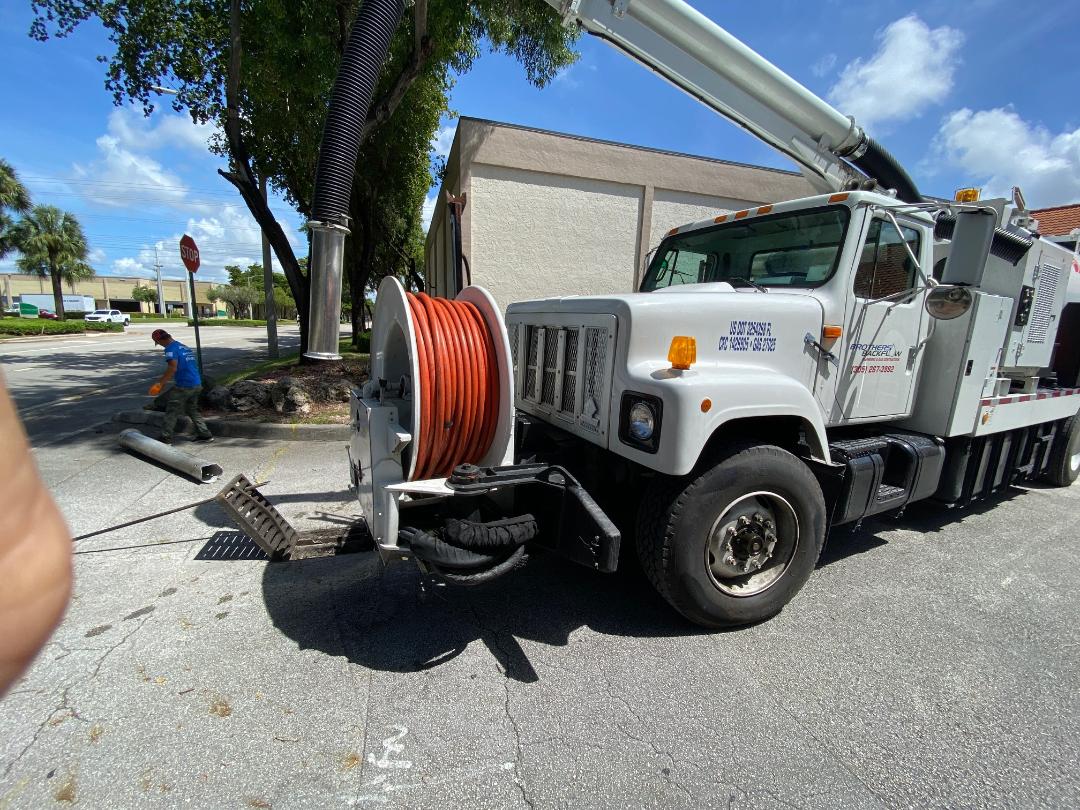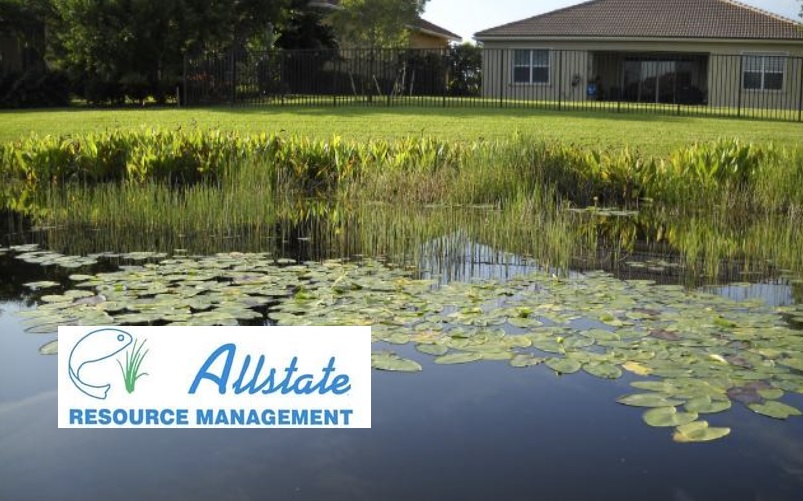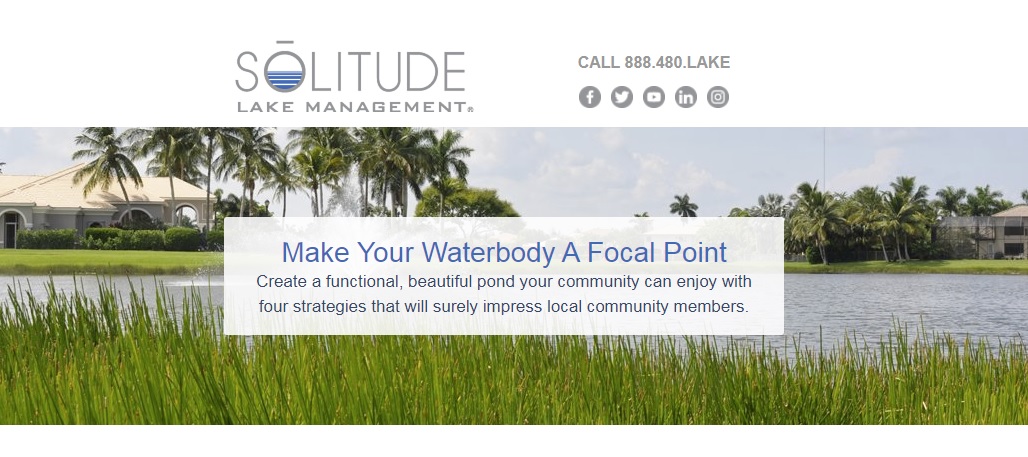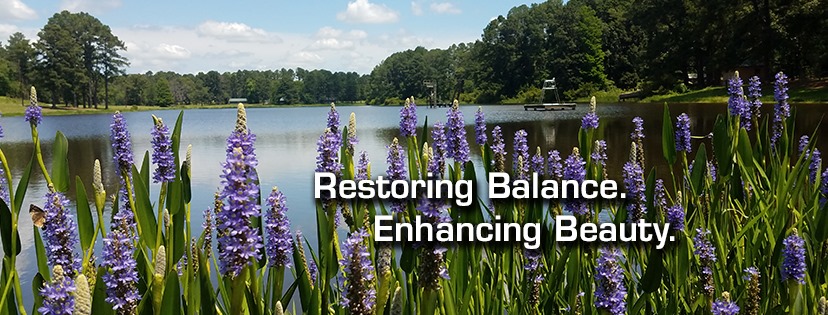New Tool to Control Weeds Around Docks
New Tool to Control Weeds Around Docks
New solutions are enhancing how we can help solve a variety of problems lake and pond owners face. The innovative tool, Weeds Away, helps keep nuisance and invasive aquatic weeds and muck accumulation away from your dock and swimming areas. Learn more about this exciting technology that offers a natural solution for aquatic weed control.
Enhance Your Lake or Pond with New Technologies from Bearon Aquatics
SOLitude Lake Management is privileged to offer a variety of enhanced tools and services to stakeholders nationwide through our new vendor partner, Bearon Aquatics. This partnership supports SOLitude’s long-held mission to create beautiful, well-balanced waterbodies that promote good health, happiness, and meaningful experiences around the water.

Weeds Away
We are excited to announce Weeds Away, a “non-chemical” system used to manage nuisance aquatic plants, filamentous and planktonic algae, muck, silt, and suspended debris in stagnant areas. This energy-efficient blower system creates a continuous water current that can be used to directly dispel undesirable materials in target spaces such as docks, piers, marinas, and swimming holes. Likewise, this system creates surface turbulence that integrates dissolved oxygen into the water column for increased water quality benefits.
Weeds Away is strategically designed to make maintenance and functionality as effortless and energy-efficient as possible. Stakeholders can choose from two different sizes depending on their goals and budget. The dock-mounted units are corrosion-resistant and adjustable for custom depth, direction, and water current angling for maximum thrust and performance. And each comes with a 2-year warranty. Weeds Away is an excellent choice for waterbodies throughout the country.
 Surface Aerators & Floating Fountains
Surface Aerators & Floating Fountains
Beyond Weeds Away and Ice-Eater, there are many cost-effective options available for surface aeration. Surface aerators and floating fountains are used to increase dissolved oxygen levels by creating circulation and turbulence. All Bearon products require little or no assembly and can be installed by one person, if necessary.
Bearon’s Flo-Gen and Flo-Ration surface aerators can be used to circulate water by creating a horizontal flow. By improving surface water quality and movement, these aerators, in turn, prevent mosquito populations, fish kills, algae blooms, and unwanted bacteria – particularly in marinas and narrow canals. They can also help enhance activities like winter fishing and duck hunting by rocking decoys and preventing ice formation.
Bearon also offers several dynamic Olympus fountain systems with a variety of features, spray patterns, and lighting accents. Fountains function differently than surface aerators as they vertically spray water into the air. Each system works differently to achieve goals for waterbodies of any depth and size, whether that’s reducing power consumption, preventing pond scum and bad odors, lowering operating costs, or adding a touch of elegance to a community pond.
Other Exciting Technologies & Innovations
Among these new offerings, SOLitude has a full toolbox of exciting technologies and innovations that continue to transform the lake and pond management industry. Professional drones, Oxygen Saturation Technology (OST), and many other solutions are available to help you achieve your waterbody goals. Speak with the experts to learn more!
WHO WE ARE
At SOLitude Lake Management we’re dedicated to making water a more healthy and beautiful part of our environment and our world. In that pursuit we offer sustainable, comprehensive lake and pond management solutions.
https://www.youtube.com/watch?v=Rjgdc8s7FFU&t=3s

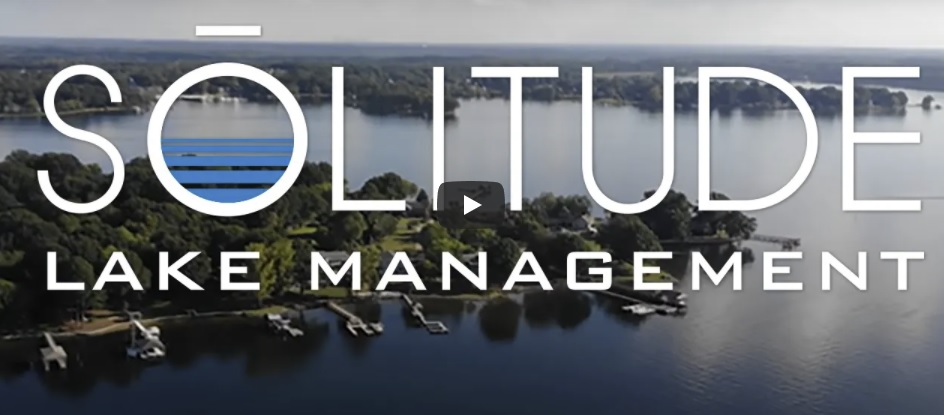














 Trent Nelson is an Aquatic Specialist at SOLitude Lake Management, the nation’s leading freshwater management firm specializing in the management of lakes, stormwater ponds, wetlands, and fisheries. Learn more about this topic at
Trent Nelson is an Aquatic Specialist at SOLitude Lake Management, the nation’s leading freshwater management firm specializing in the management of lakes, stormwater ponds, wetlands, and fisheries. Learn more about this topic at 



